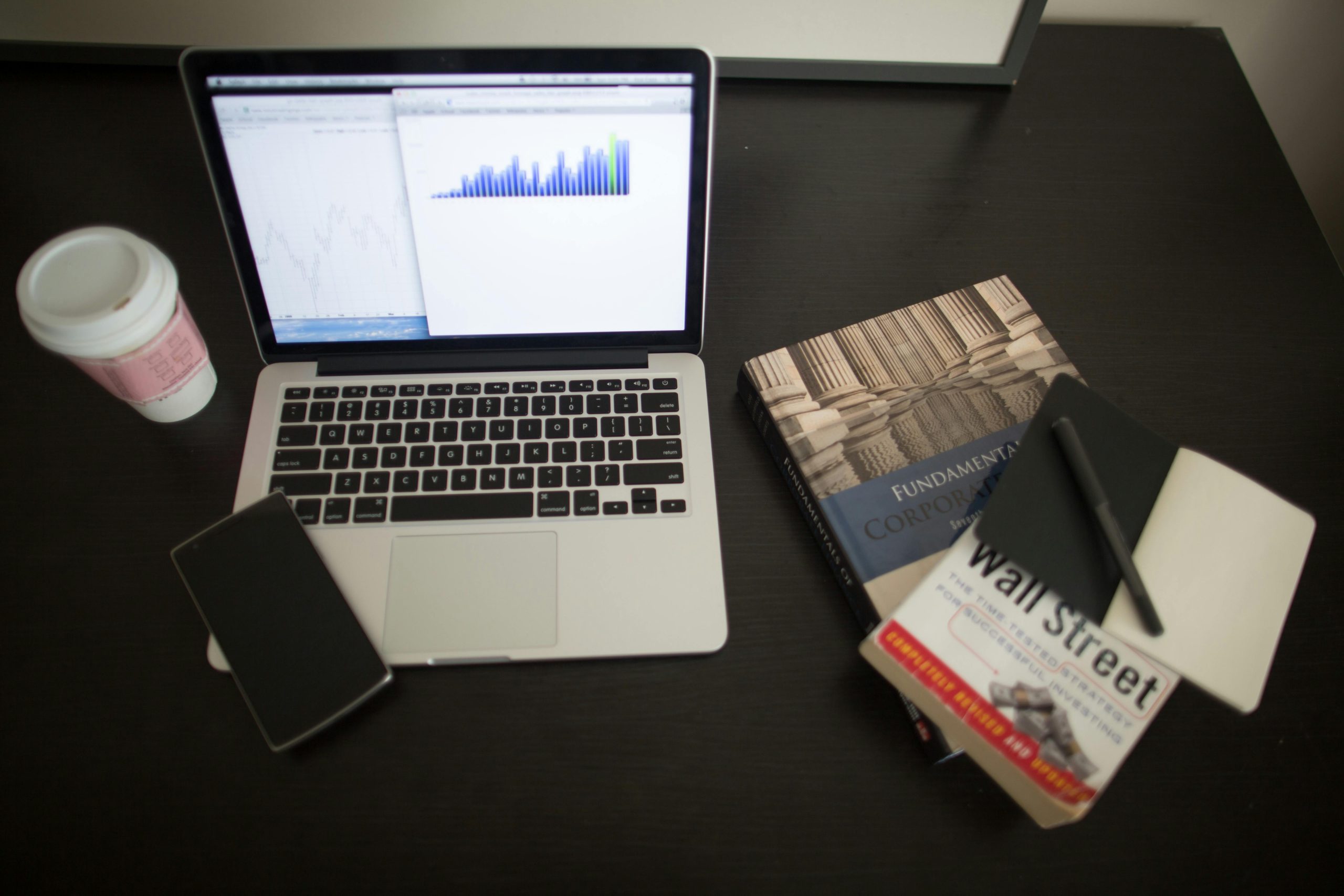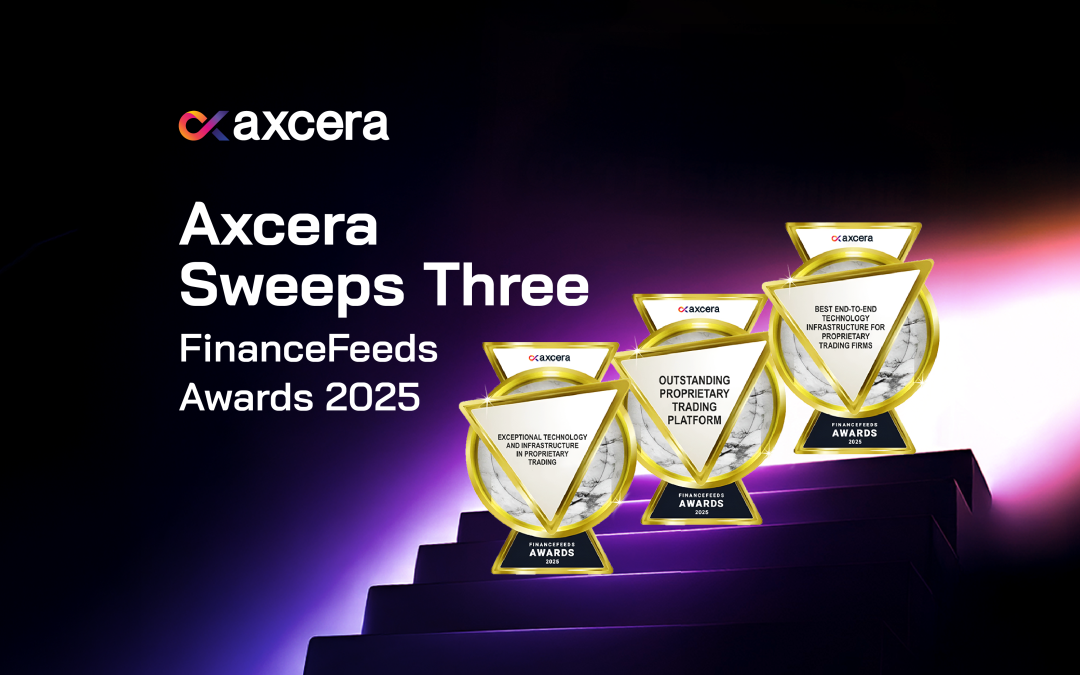Whilst there are a lot of ways to invest effectively, success as a proprietary trading firm will depend a lot on the software and technology you use, not just in terms of efficacy but also in terms of matching the trading strategy you plan to use.
The right technological solution ideally takes a high-level trading strategy and uses advanced analytics, technical analysis and anything else involving certain stocks that numbers are available for and uses it to create orders for the right stock at the right price, held for the right amount of time to fulfil the goals of the firm.
This is, at its core, the basis behind automated investing, which has helped make financial trading more efficient, faster, more streamlined and allowed technologically minded investors a much more level playing field to compete and make money.
The central component to this is an automated trading system (ATS), which has the power to make and submit orders to an exchange and has gone from purely the domain of the market makers to systems that everyone outside of hobbyists and day traders uses to some degree.
It is estimated that as much as 80 per cent of market transactions are carried out using automated software which has sped up the market from one that would operate and update on a minute-to-minute basis to one that updates every second or even fractions of a second.
The impact of automated trading and how it has fundamentally shifted the stock market as we know it has been covered at length, but one of the most fascinating elements of automated trading is that it is far older than you may expect.
It is older than the first unsupervised automated trading systems, older than the Bloomberg terminal, older than the NASDAQ and ever-so-slightly older than EDSAC, the first modern computer.
Not only is automated trading older than electronic trading technology, it is older than the underlying technology that made electronic trading even theoretically possible.

The Birth Of Rules
There has always been a place for rules and strategy in financial trading, and even in the 18th and 19th-century stock exchanges, a financier is unlikely to get too far without some form of structured approach to investing.
However, at the end of the day, the deciding factor was people and the different parts of the stock exchange from the investors to the brokers to the stockjobbers are all people, subject to human error and the variables that are an inherent part of the trading pit.
This is where Richard Donchian enters the investment world and tries to create a trading computer before real computers truly exist in the way we understand them today.
Mr Donchian was fascinated by the stock market, graduating from Yale with a degree in Economics and a love of the book Reminiscences of a Stock Operator, but his interest in technical analysis specifically came from a rather less positive experience.
When Wall Street crashed in 1929 he lost money and looked for a new approach to investing to try and avoid that happening again. To that end, he pivoted into securities analysis and the examination of price history.
After leaving the US Air Force following the end of the Second World War he wanted to move back into trading but with a far more disciplined approach not only than his younger self but than any major contemporary working at the time.
This led to an autonomous trading concept that used human traders but executed trades exclusively based on a set of market conditions selected ahead of time.
The fundamentals of the approach are very similar to how many automated trading systems work today, although given that there were no computers that could help with financial analysis of any kind, Mr Donchian’s staff needed to perform the technical analysis research manually.
Whilst the concept was sound, the sheer level of work involved without algorithms and computers to help expedite the process meant that it was highly prone to error, and because of this, its two main advantages of speed and accuracy were lost.
However, whilst the technology was not even close to ready, the trading approach started to get popular very quickly, later becoming known as trend following.
The concept of trend following is based on the simple concept that rather than attempt to pinpoint the bottom of the dip, buy when stocks are trending upward but are still undervalued, and sell when the trend starts to go down, working on the notion that the overall price movements are unlikely to change that much.
This strategy became very popular and successful starting in the 1980s and changed the stock market and the technology at its foundations.









